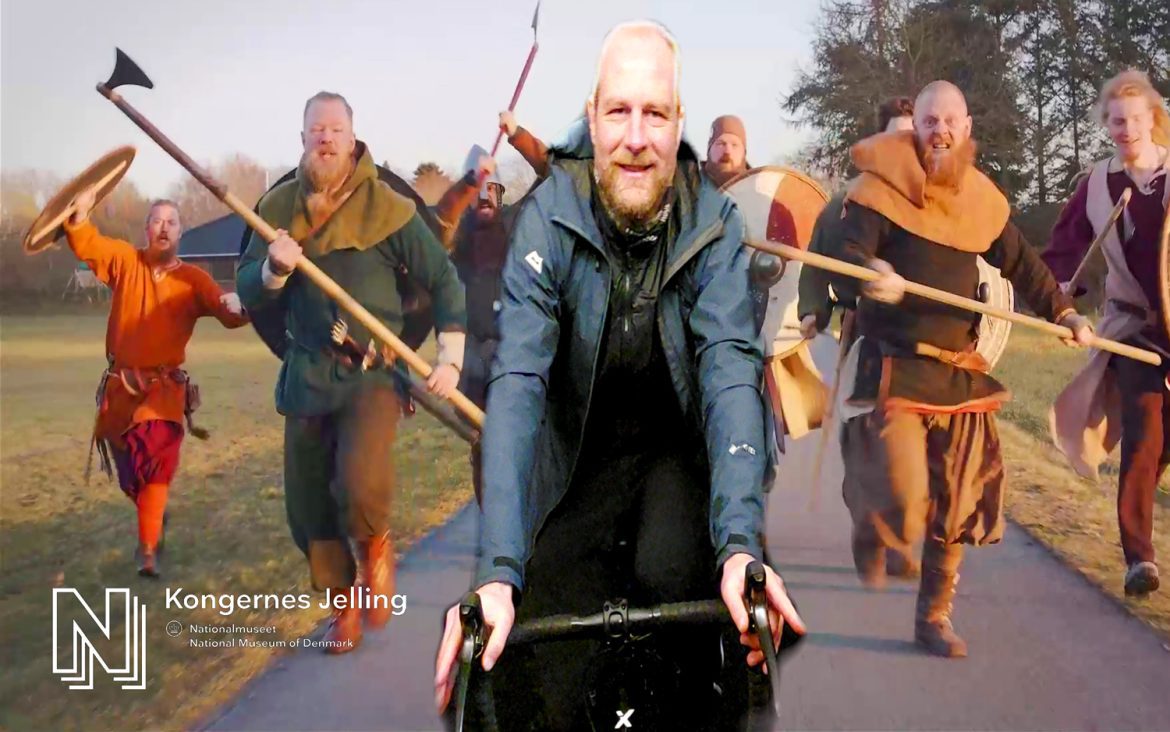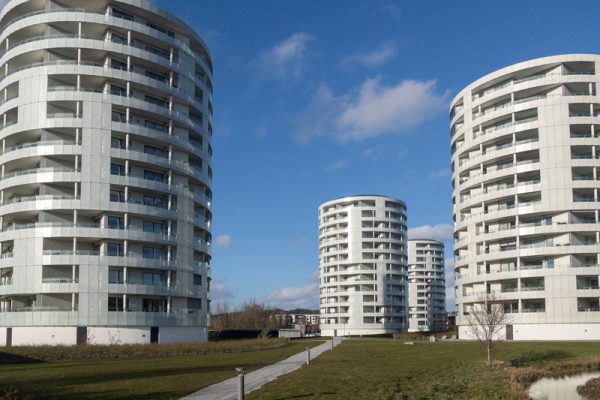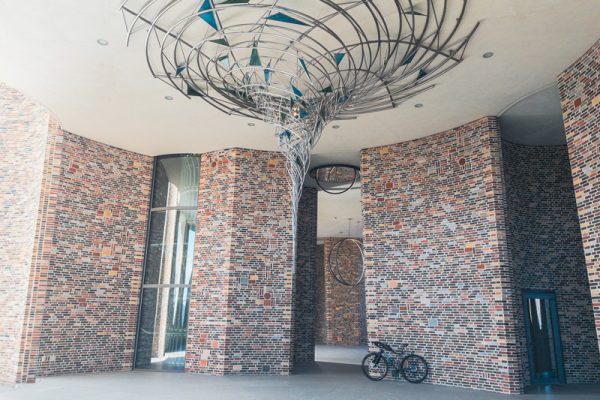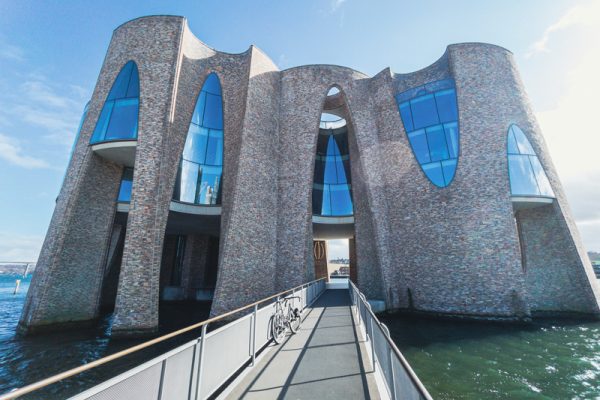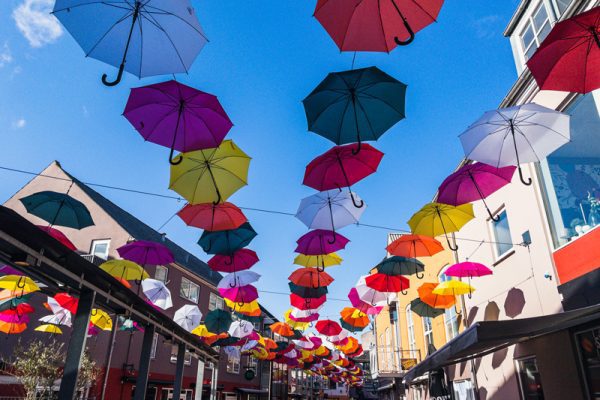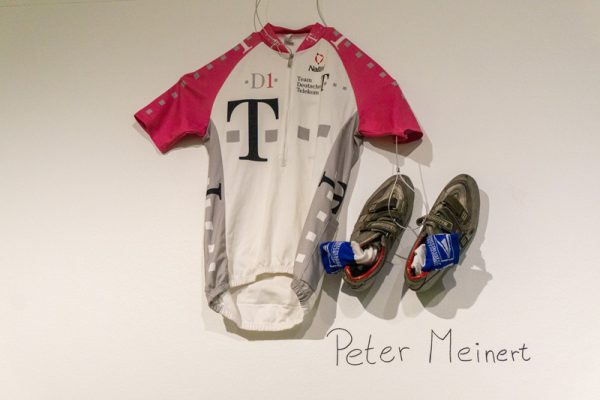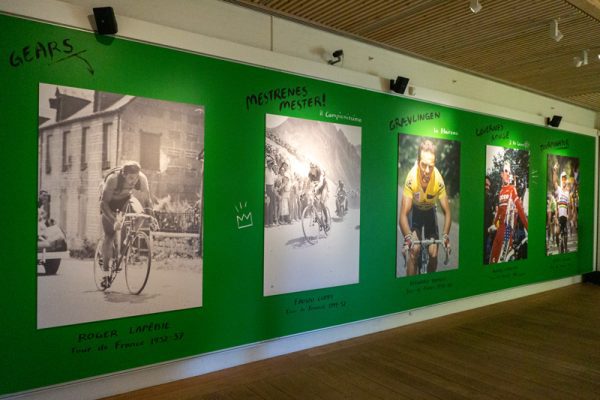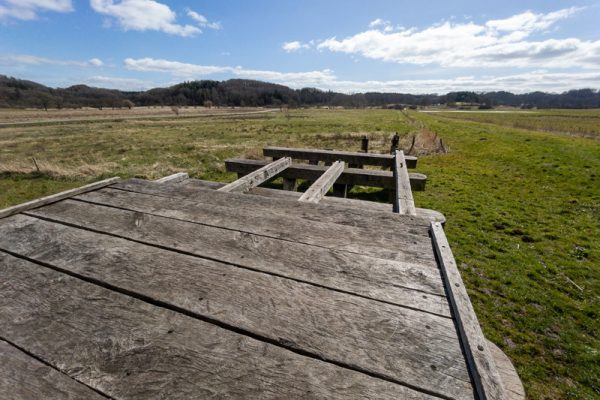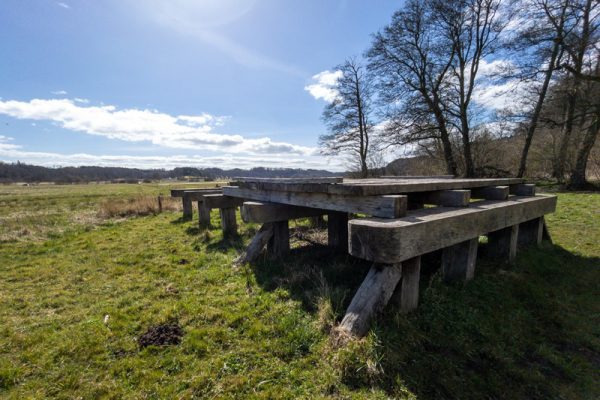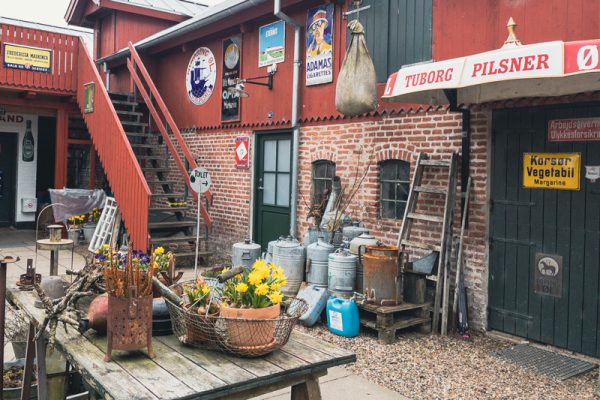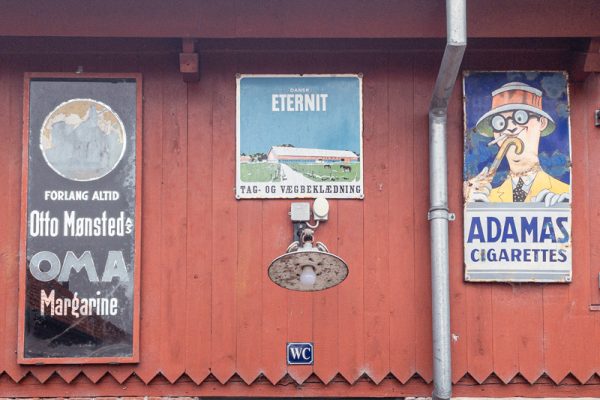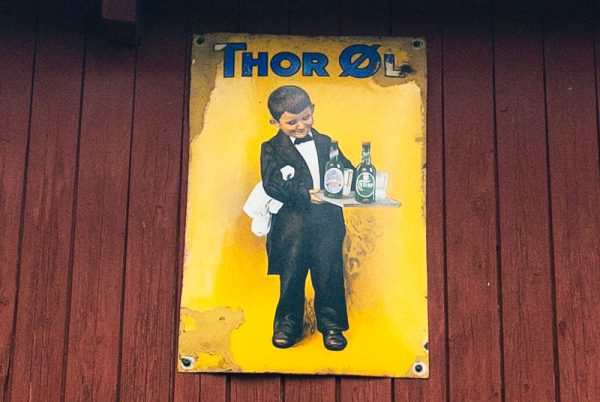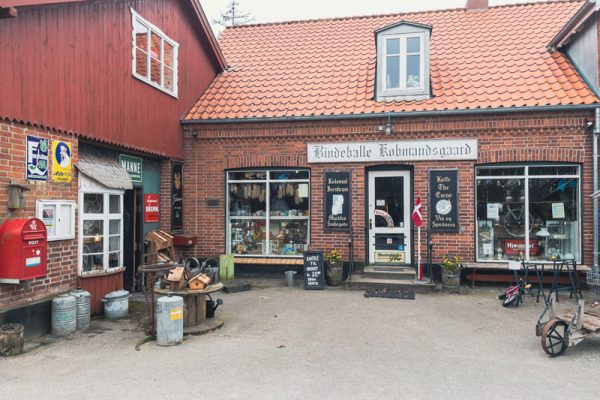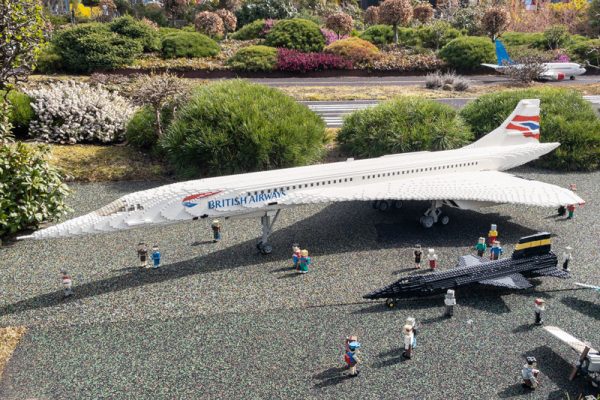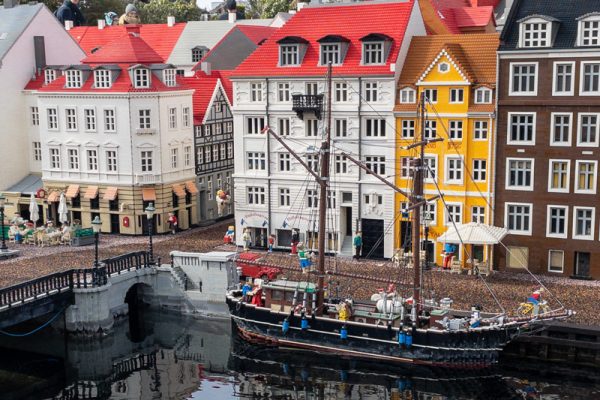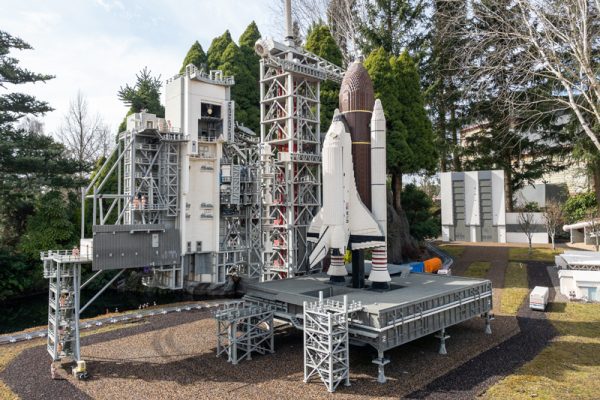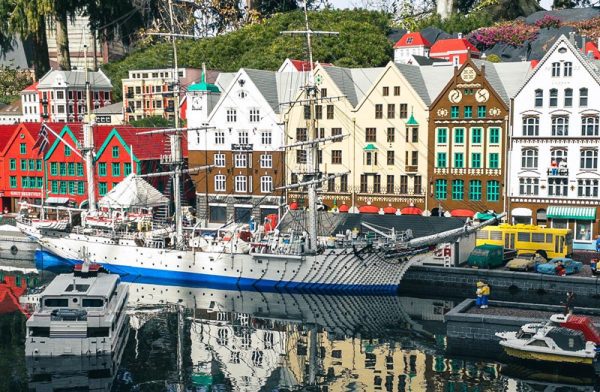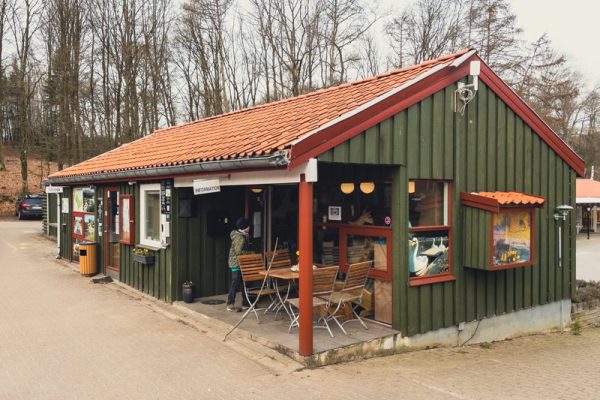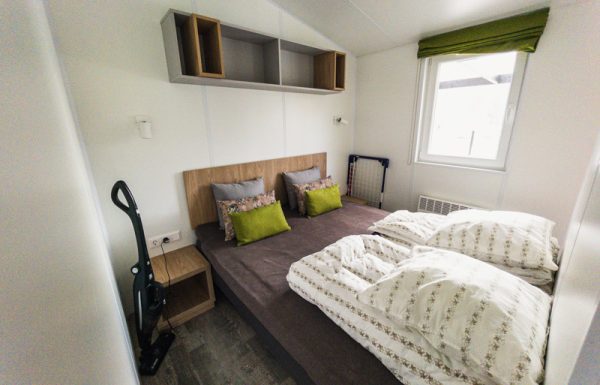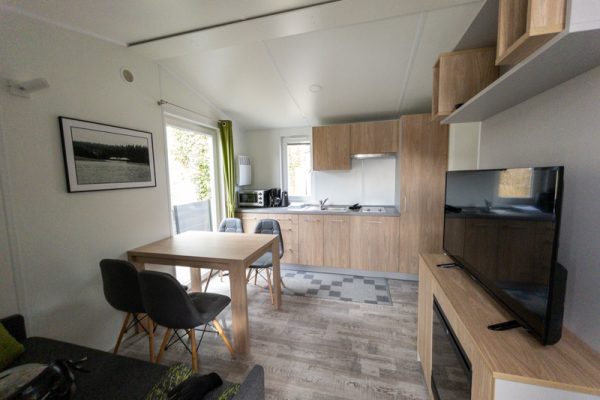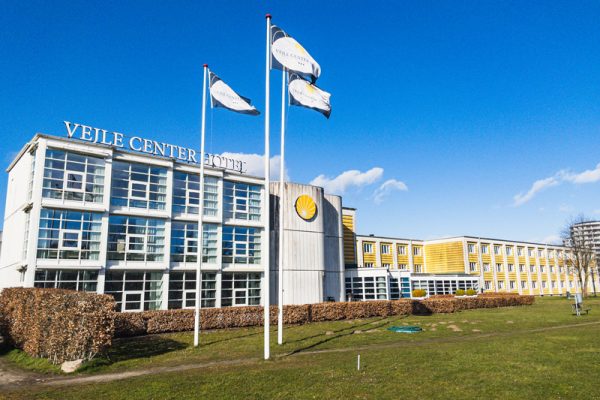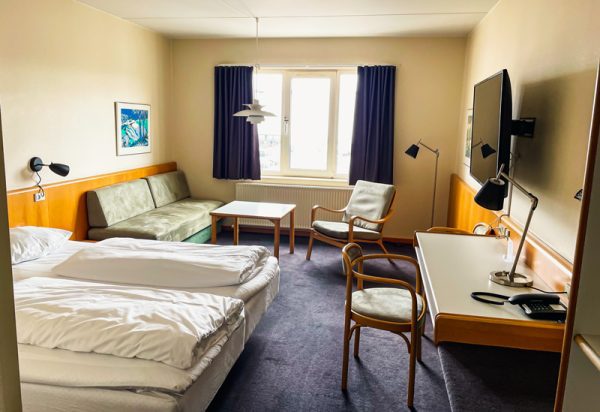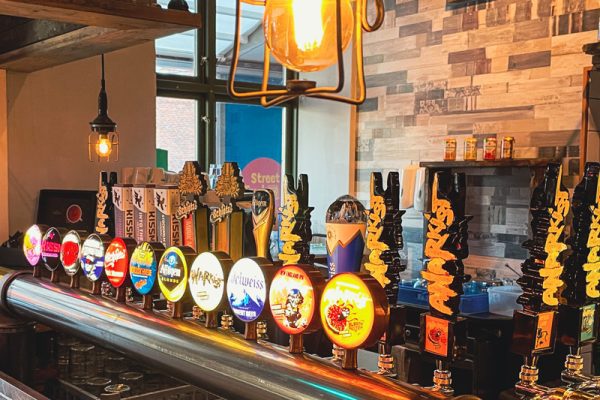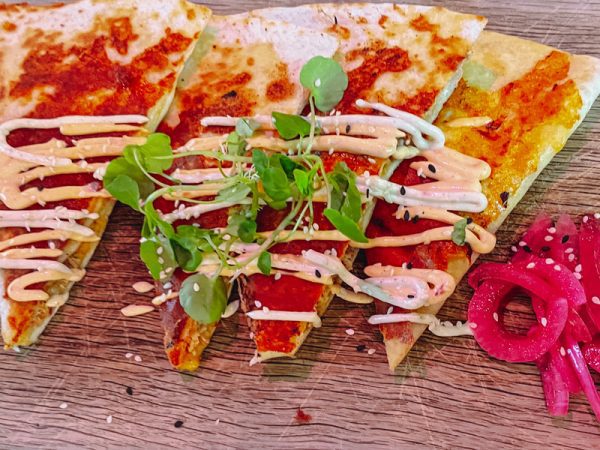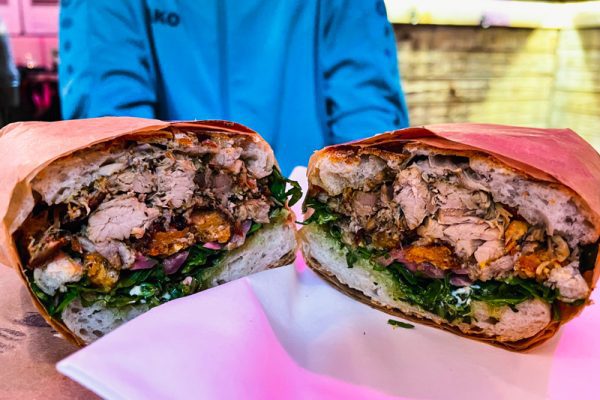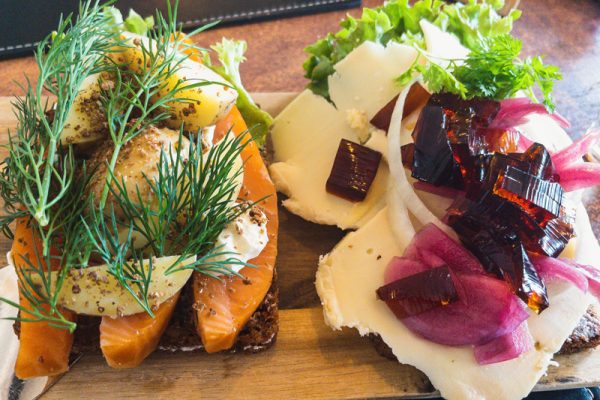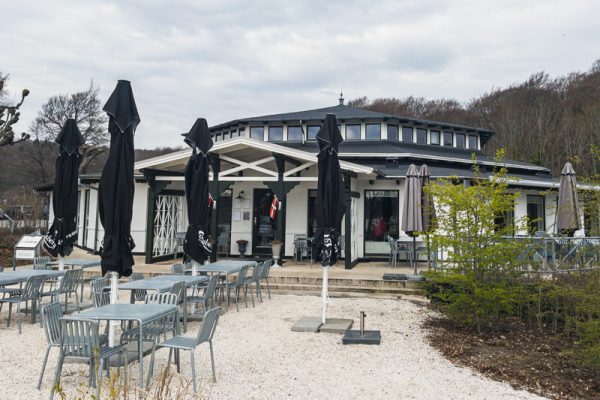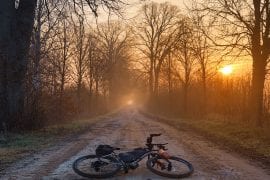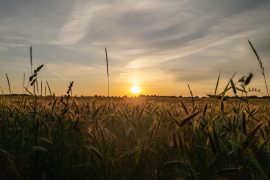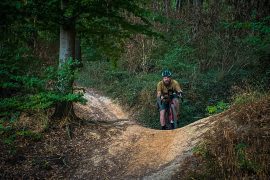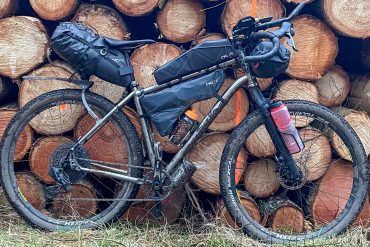Notice:
I was on invitation of Visit Denmark and Visit Vejle. Therefore, this is also advertising.On July 1, the Tour de France 2022 will start. This year, however, a start outside France is planned once again and the Tour begins in Denmark. Stage 1 is an individual time trial in Copenhagen. Stage 2 then takes the peloton to Zealand, from Roskilde to Nyborg on Funen. And on July 3, the peloton will start the last Danish stage in southern Jutland before heading to France: from Vejle to Sonderborg, along Denmark’s Baltic coast.
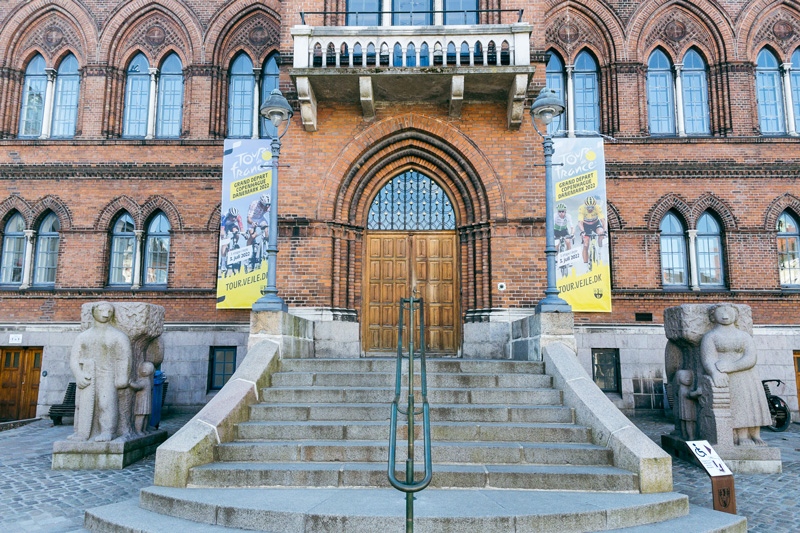
Vejle is a small city and large municipality on the Baltic coast of Denmark with about 60,000 inhabitants and is considered the center of the Syddanmark region. In fact, this city is very lively and surprises mainly by the architectural features, such as the “Wave houses” aka Bølgen at the harbor, the Fjordenhus, where allegedly the Lego founders still have their offices, or the 5 Sisters, five round residential towers located on the Vejle River.
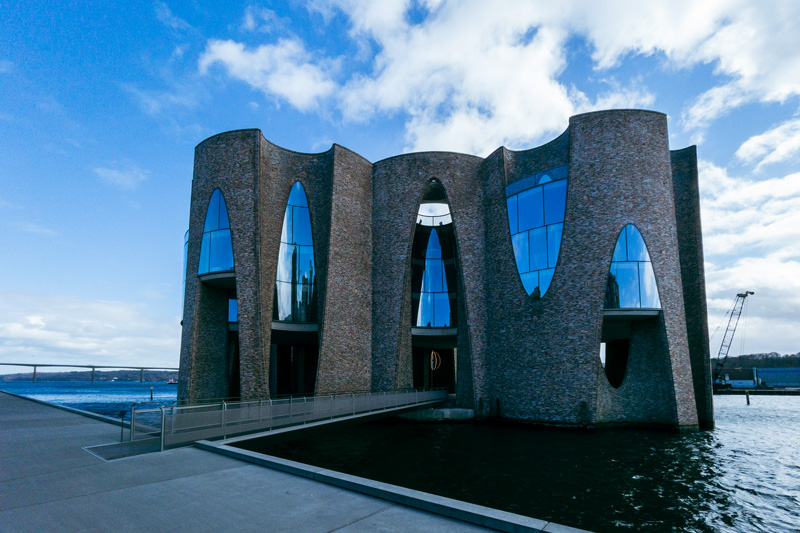
To get a taste of the Tour, I was in Vejle before Easter with my youngest son Erik (11 years) and not only explored the beautiful surroundings by bike, but was also able to ride the first kilometers of the 3rd stage and convince myself of the crisp climbs. And I can tell you, the area here is not called #KingdomOfCycling for nothing. The country can definitely be called the Danish Ardennes, because it is constantly steep up and down, sometimes more than 23%. And the peloton also feels this.
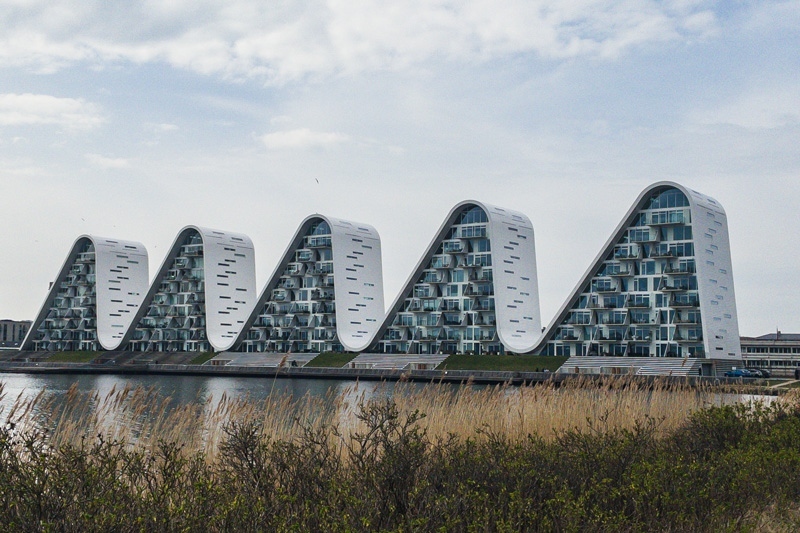
Jelling – “Birth certificate & baptismal record of Denmark”
Around 100,000 visitors are expected for the start of the race stage in Vejle. This starts with the usual roll-in in the city’s harbor, then briefly turns south before heading west through the city center and out of town. There, after five kilometers, is the official start and the first breakaway groups will then race past the most famous rune stones in the world a little later in Jelling.

However, they are missing out, because here in Jelling is the origin of Denmark, or at least the first recorded mention of the country of Denmark. The UNESCO World Heritage Site of Jelling is a historical monument centered around the two rune stones. One stone is from King Gorm (born before 900), who erected the stone in honor of his wife Thyra and immortalized the name “Denmark” there for the first time. The second stone comes from his son Harald Blauzahn (born 910), who in turn proclaimed the Christianization of the Danes.
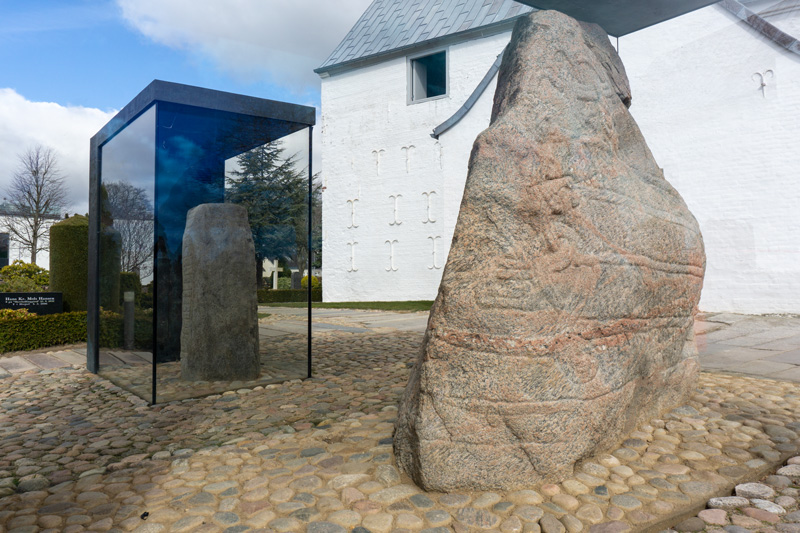
The stones are in the graveyard of a small church, which is in turn located between two 8-10m high hills, which were supposed to be the graves of Thyra and Gorm. This is not entirely true, however, but at least a tomb has been found under one of the mounds – though empty. Artifacts indicate, however, that the bones of Gorm must have lain here, which are now in the church, or rather under it. This indicates that they were reburied, presumably by Harald Blauzahn, who thus made an impressive sign of the turning point from belief in the old gods to Christianity.
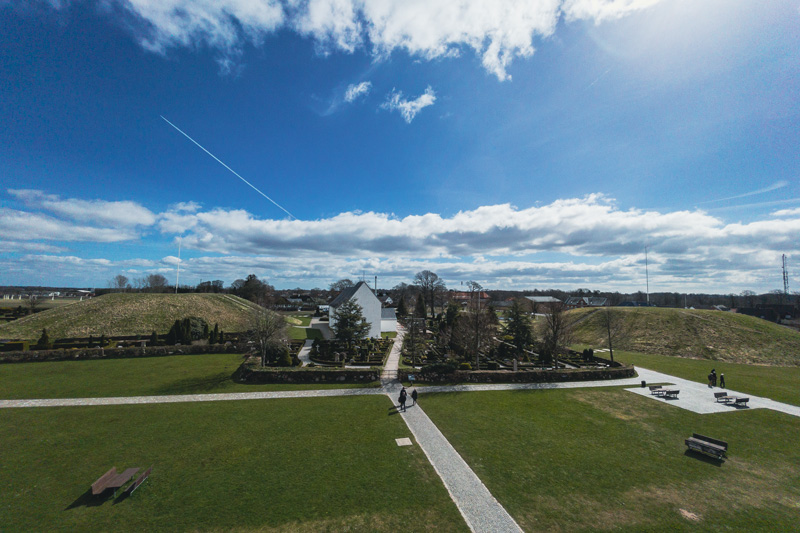
The stones are also part of a very large ship setting (at least Gorm’s stone) with the two mounds as sail masts, which was later surrounded by a palisade of almost 1.5km long made of very solid oak by Harald. A replica of this palisade can be admired in front of the museum.
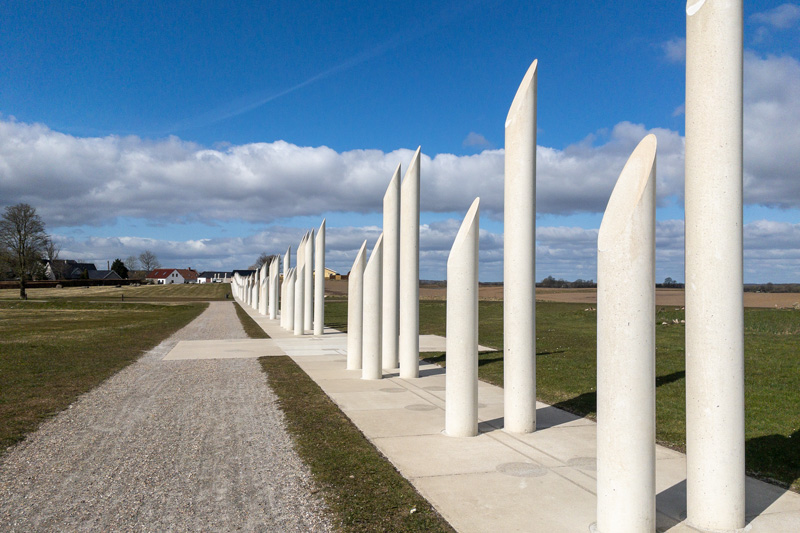
For a few years now, the two Rune Stones of Jelling are protected by a glass superstructure. I found it particularly interesting that in former times these Rune Stones were colorfully painted and not as colorless as we know them today.
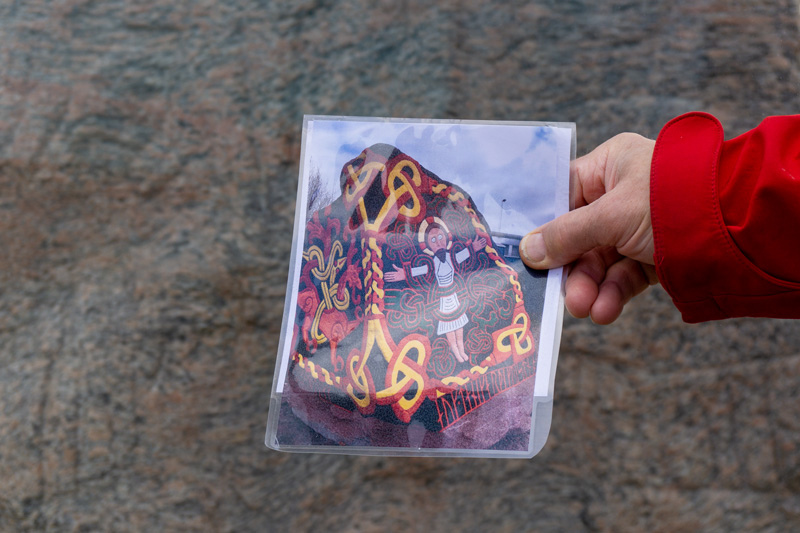
Also because they naturally had an important history for the people and might have looked more impressive with color anyway. Until today, they find central elements of these stones in the Danish passport or on banknotes.
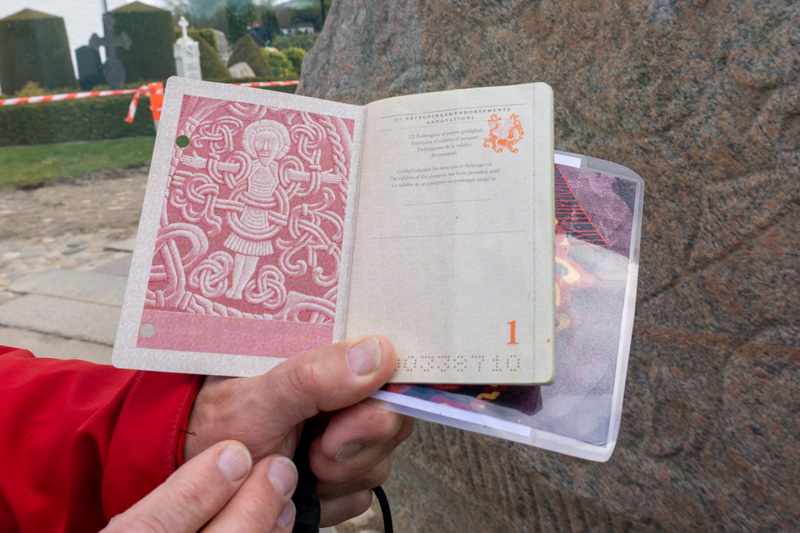
And who now perhaps thinks Jellig has nothing to do with him or her: Harald Blauzahn was the model, or rather the code name of one of the currently most successful data exchange formats: Bluetooth.
Equally impressive is the fact that the Danish royal family is the oldest in the world and the current reigning monarch Margrete II can trace her bloodline (via small detours) back to King Gorm and Queen Thyra.
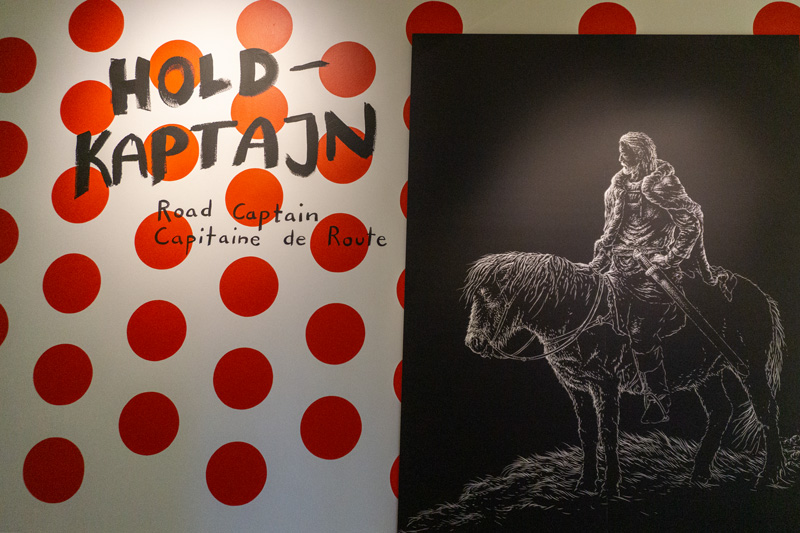
Today, King Harald would certainly be a cyclist and not only that: he would be Capitain de Route – one of the most important riders in a Tour de France team and a shining and self-confident star. The “Kongernes Jelling” museum is sure of that and has dedicated a small exhibition in his honor and the Tour de France.
There will be not only devotional objects of famous Danish Tour de France riders on display, but there will also be an opportunity for visitors to compete in cycling themselves and test their sprinting ability. And this in comparison with none other than the Vikings, whom it is necessary to ride away.
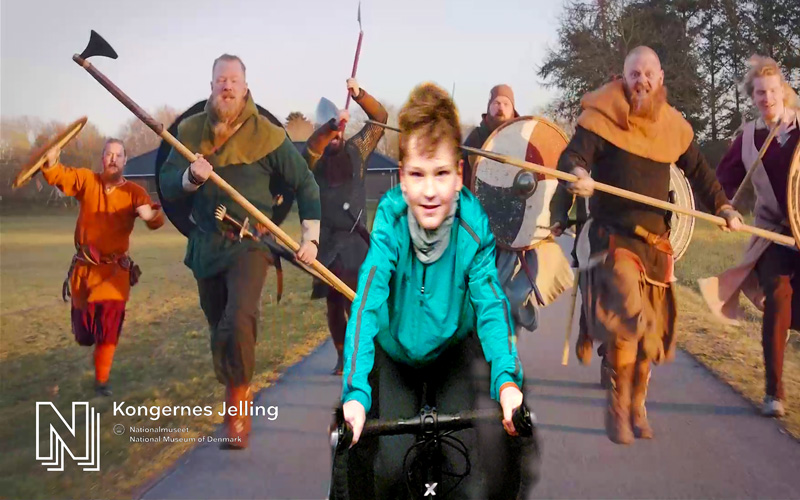
I tried it – and got caught and of course killed. But in any case, this is my tip to you if you are in Vejle, for example, in July as part of the Tour de France and, of course, look at the museum and pay a visit to the stones of Gorm and Harald.
Another highlight of this didactically and technically very modern museum is also the Viking’s journey to Valhalla. Using video technology and motion detection, you can experience and see for yourself the death in battle, the fire of hell, the transcendence in the Bifrost and then the following of the ancients in Valhalla.
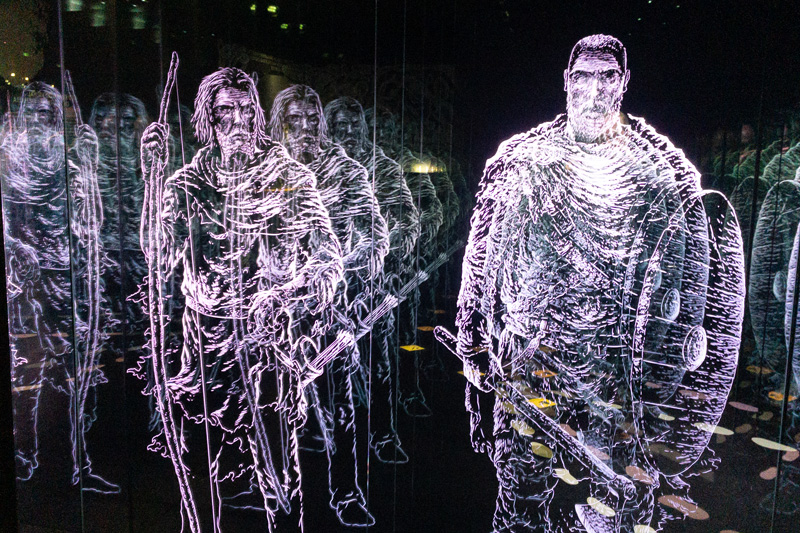
Really great! From the roof you also have a very good view of the Rune Stones, the church and the two hills of Thyra and Gorm.
But Harald was not only active in Jelling, he also built one of the first paved roads over a marshland a few kilometers further south, which can still be seen today. For this we roll comfortably over the hills to Ravning. Here are the remains of an oak bridge that is over 1,000 years old.
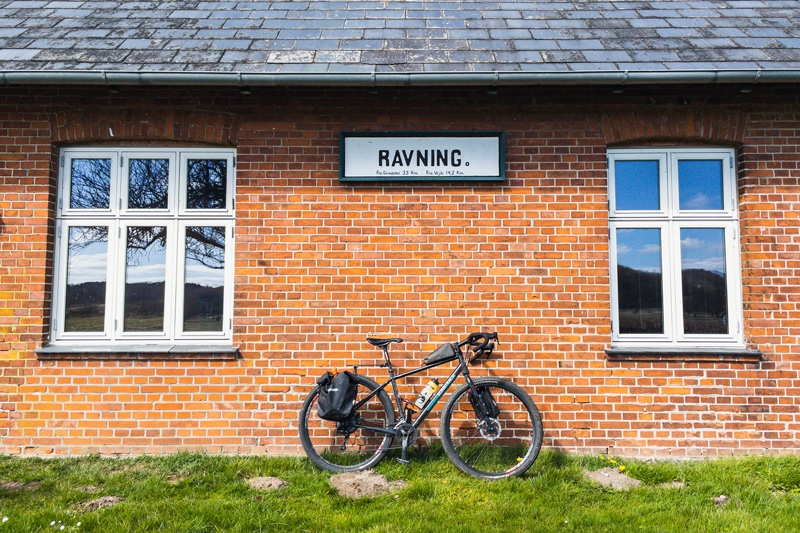
The bridge was 760m long and 5m wide, so two ox or horse carts could fit side by side. Remains of this bridge have been found and a part has been reconstructed for illustrative purposes. In any case, this is a worthy end to a Viking tour if you come from Jelling.
Ravning is located directly on the Bindeballestien, an old railroad line that is now a bicycle path. The old bridge and the old railroad station are right next to each other. The old railroad cottage is now a small museum and the old storage shed offers hikers and cyclists shelter for the night or a place to rest. And if you are traveling with a tent, you can also pitch it for the night a few meters away.
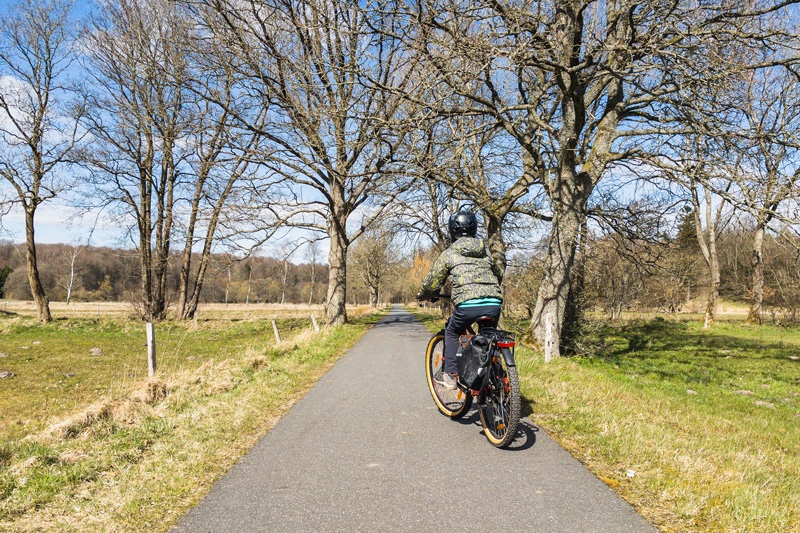
From rune stones to Lego bricks
On this cycle path we first roll back to the east, to Vejle, before we leave the next day to Billund and cycle again on the Bindeballestien. This time it is 36km that we ride more or less on this well-built bike path. Behind Ravning, the asphalt gives way to fine gravel and the path leads through forests and along rustic pastureland.

Halfway then waits Bindeballe Købmandsgård, an old country store that has retained the charm and appearance of the time around 1897 and is now a museum, offers antiques and a café. Here you should take a break and fortify yourself with a piece of cake. In the process, you can go back to the time before cars and browse through the old stuff.
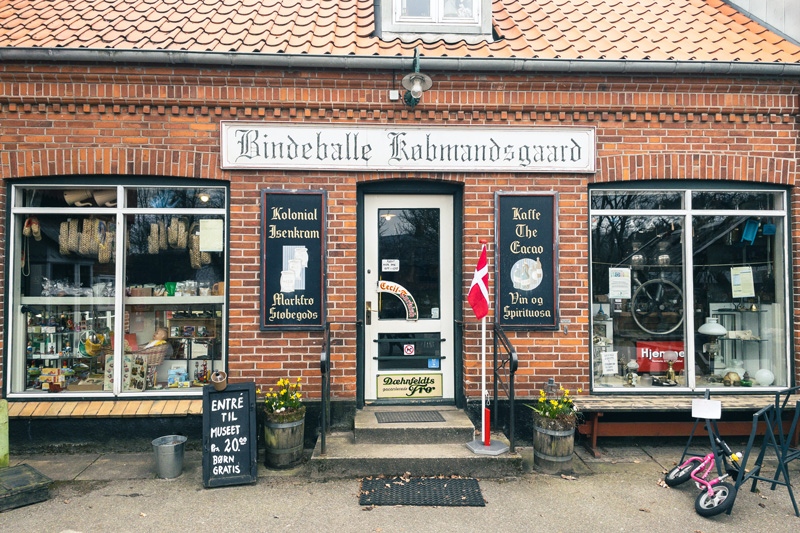
Billund is not far away then and with it one of little Martin’s dream destinations: Legoland! Finally I have made it and can visit Lego at its birthplace. We cycle along large halls for the production of the little bricks to the entrance of the theme park, which is located next to the country’s second largest airport.
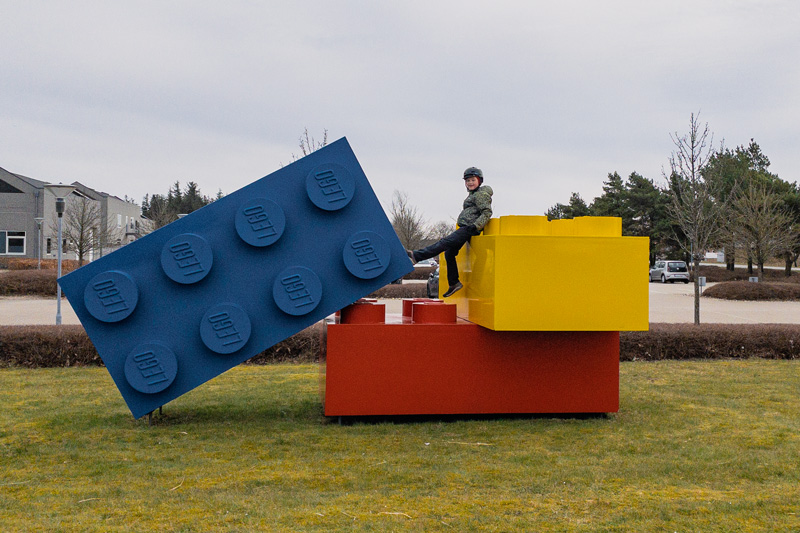
The bikes are locked up outside, the luggage is stowed in lockers and then we plunge into the fun. The miniature park is already very impressive. Here, cities are replicated and well-known buildings or machines are copied in Lego. This is partly quite tricky and recreated with great attention to detail and partly animated, such as Billund Airport or the ferries in Scotland.
At my son’s request, I even rode a roller coaster, pulverized evil snakes in Ninjago and then dropped down the Viking River in a raft (and both got wet). What I liked very much is that the attractions in the park were free and also the waiting times were kept within limits, although the park was very well filled. Of course, we also rummaged extensively in the store and won a cuddly toy in a game of chance, which I was allowed to carry in my backpack for the following kilometers.
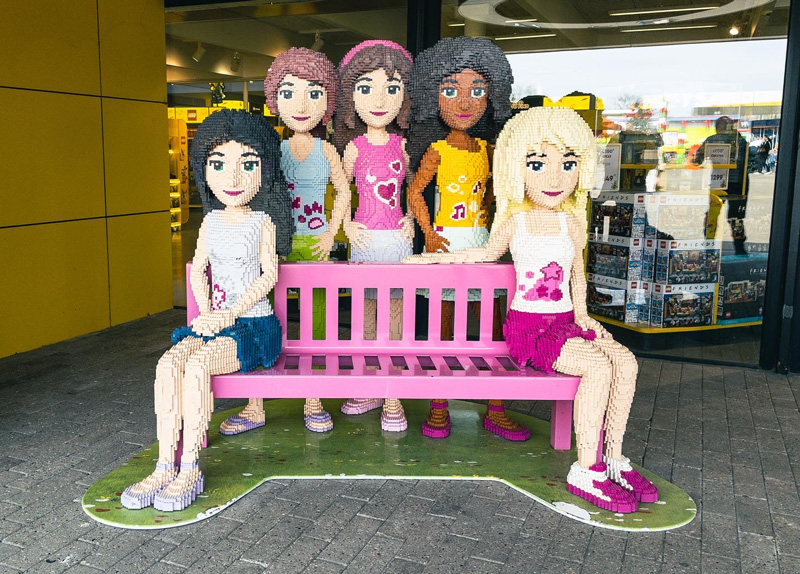
After a few hours at Legoland, we made our way back to the small valley of Randbøl, where we were allowed to spend a night in a cabin at the campsite there. By the way, the Randbøldal campsite is great for those who, for example, want to be close enough to Legoland (only 13km) but don’t want to pay the prices for overnight stays on site.

Or who, for example, want to come to Vejle for the Tour de France and want to be quickly at the race track with the bikes (it is only 21km to Vejle). The campsite offers besides tent pitches also cabins. We had the cabin “Thyra” – which closes the circle of the Vikings again.
Mountain stage in Vejle
Back in Vejle I had arranged to meet Heinrich. He is the chairman of the local cycling club “Vejle Cykel Motion” and welcomed me together with a few club members at the Fjordenhus in Vejle. More than 150 trucks of the Tour teams are expected, which will then set up their quarters in the harbor. Here starts on July 3 the peloton to the third stage of the Tour de France and together we rolled on the first kilometers of the tour.
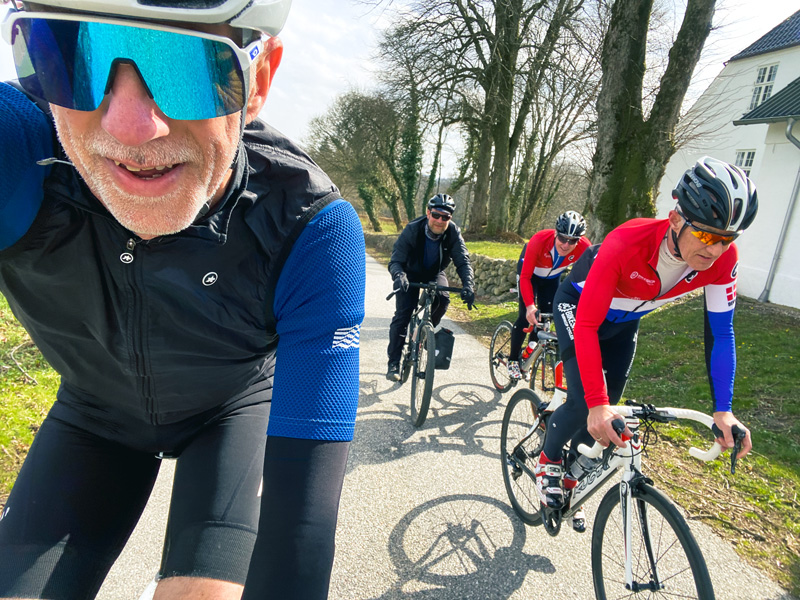
I had already written it above: The land around Vejle is anything but flat, and the “Danish Ardennes” greet us with short but quite steep climbs.
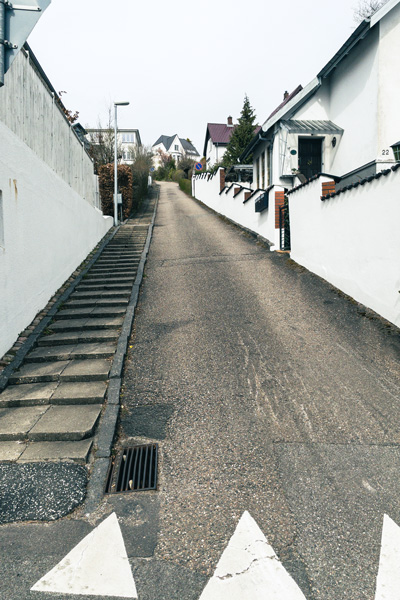
We roll west out of town, pass the official start line where the race is officially released (that’s when the tour director above waves the flag from the red car in front of the peloton) and pass the steepest road in Vejle with more than 23%. This will not be ridden by the peloton, but riders will be allowed to ride up Koldingvej in Vejle, where the first hill classification of the stage is located. This road is 1.3km long and has an average gradient of 4.4%. Of course I didn’t let myself miss it and we rode up this road. Doable, but already very steep and especially long.
Riding with the club was fun, especially after the days with my son, which had rather fewer kilometers and were also not so demanding. After the climb over the Koldingvej we rolled further against the wind, made a detour to an old farm to get some Roubaix feeling on cobblestones and finally rolled in Jelling back to the stage route of the peloton. We then followed this back to Vejle.
Once there, I asked for a trip to Munkebjerg, which is a popular training hill for cyclists. It is 1.2km long, has a height of 94m and an average gradient of 7.3% (16% at the steepest point). Unfortunately, it is not included in the Tour, because a small bridge at the beginning of the climb is not high enough for the Tour de France advertising caravan.
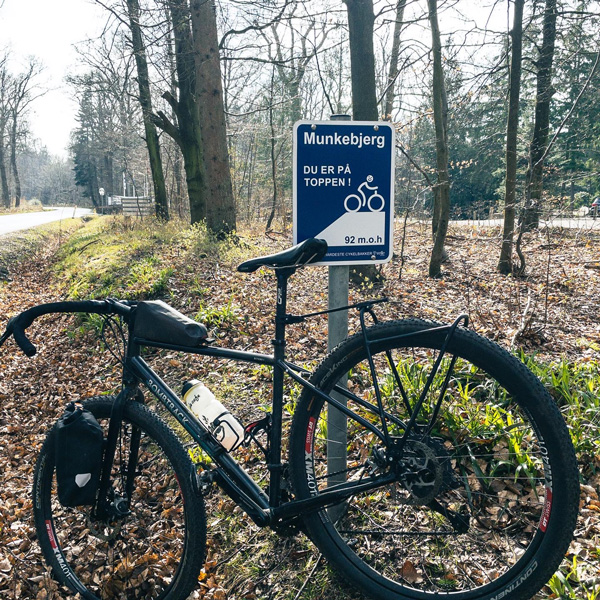
Vejle and the surrounding area is definitely a great training ground for ambitious cyclists. And if you want to explore this region by bike, you should join the Grejsdalsløbet in mid-May. This bike race leads over 220km and almost 2,600 HM over a total of five mountains around Vejle. There are also shorter distances, if you do not yet dare to do the big round.
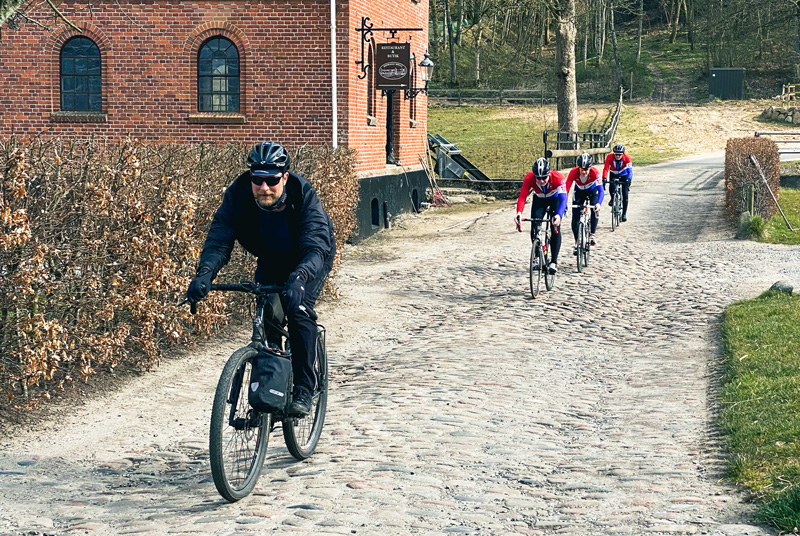
So it is actually the perfect intro for all who want to get a taste of sporty tour air. Start is on May 15 and who of you is still interested in participating, can contact me and I’ll try to get you a wildcard. The same applies to the Gravel race taking place on May 14, which leads over 75km on gravel roads and singletracks around Vejle.
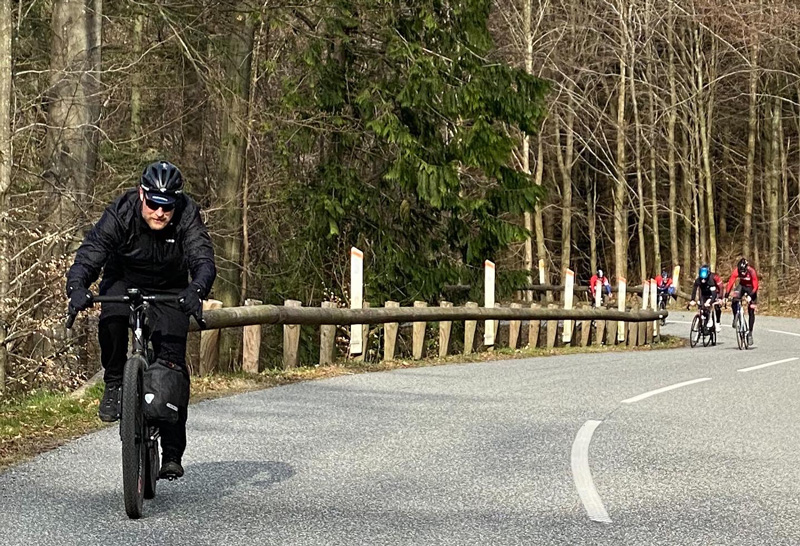
By the way, the best place to stay for this is the Vejle Center Hotel, where we were allowed to spend three nights and from whose parking lot the Grejsdalsløbet starts. The hotel is prepared for cyclists and also accommodates many athletes who train or compete in the neighboring sports and swimming center.
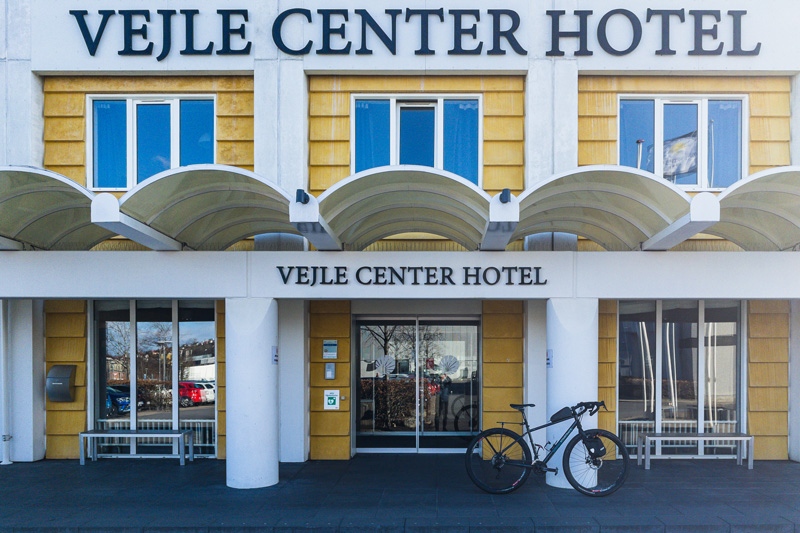
The bikes can be safely stored in the basement of the hotel and from the hotel you can also reach very quickly by bike the Bindeballestien or the surrounding hills.
Thank you, Vejle!
A great tour also has great partners. And I would like to thank Visit Denmark and Visit Vejle for the invitation, Kongernes Jelling Museum for the great tour, Vejle Center Hotel and Randbøldal Camping for the accommodation and Vejle Cykel Motion cycling club for all the information and the ride.
And as a tour also goes through the stomach, my thanks and recommendations go to you if you come to Vejle:
The Street Food Vejle Restaurant, where you can find five different cuisines in a very familiar atmosphere, from burgers to sandwiches to Indian food.

The Restaurant Skyttehuset, which is located on Vejle Fjord on a small peninsula and offers a really excellent cuisine. I can recommend the butter sandwiches there!
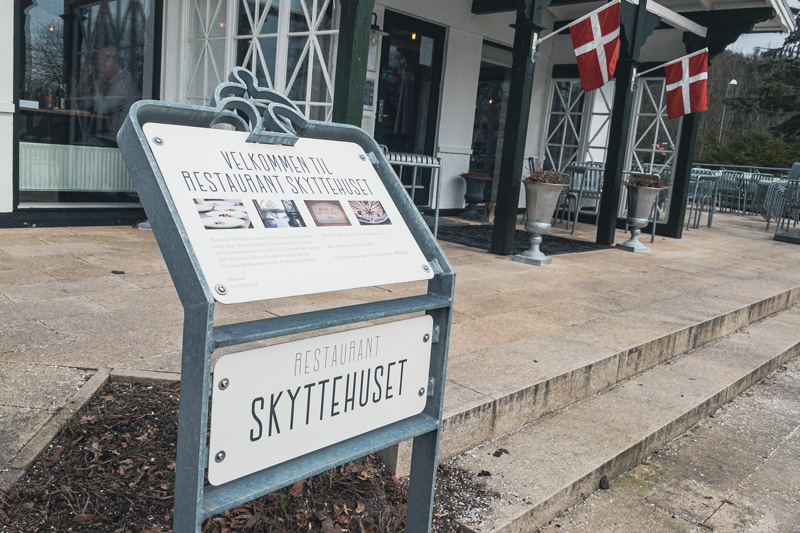
My bike in Vejle
I was on the road with my spare bike and also tested bags at the same time:
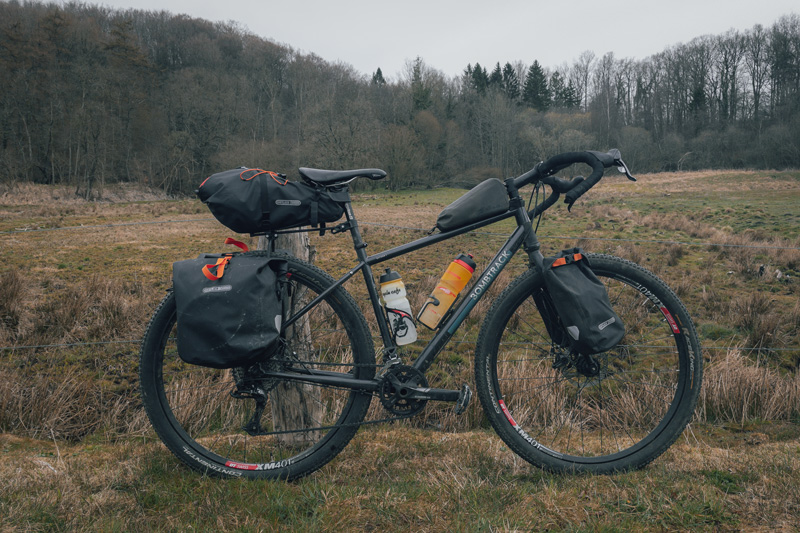
The Bombtrack Beyond 1 with the Ortlieb Quick Rack carrier, Ortlieb Gravel Pack bags, the new Seat Pack QR bag and the Fork Pack bags from Ortlieb. More on this in a separate post!

